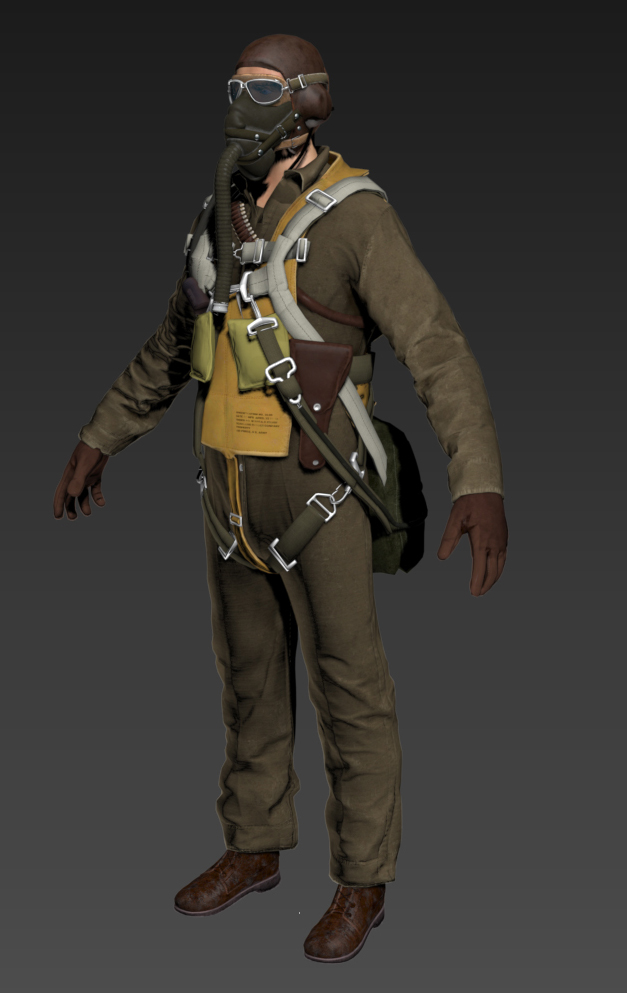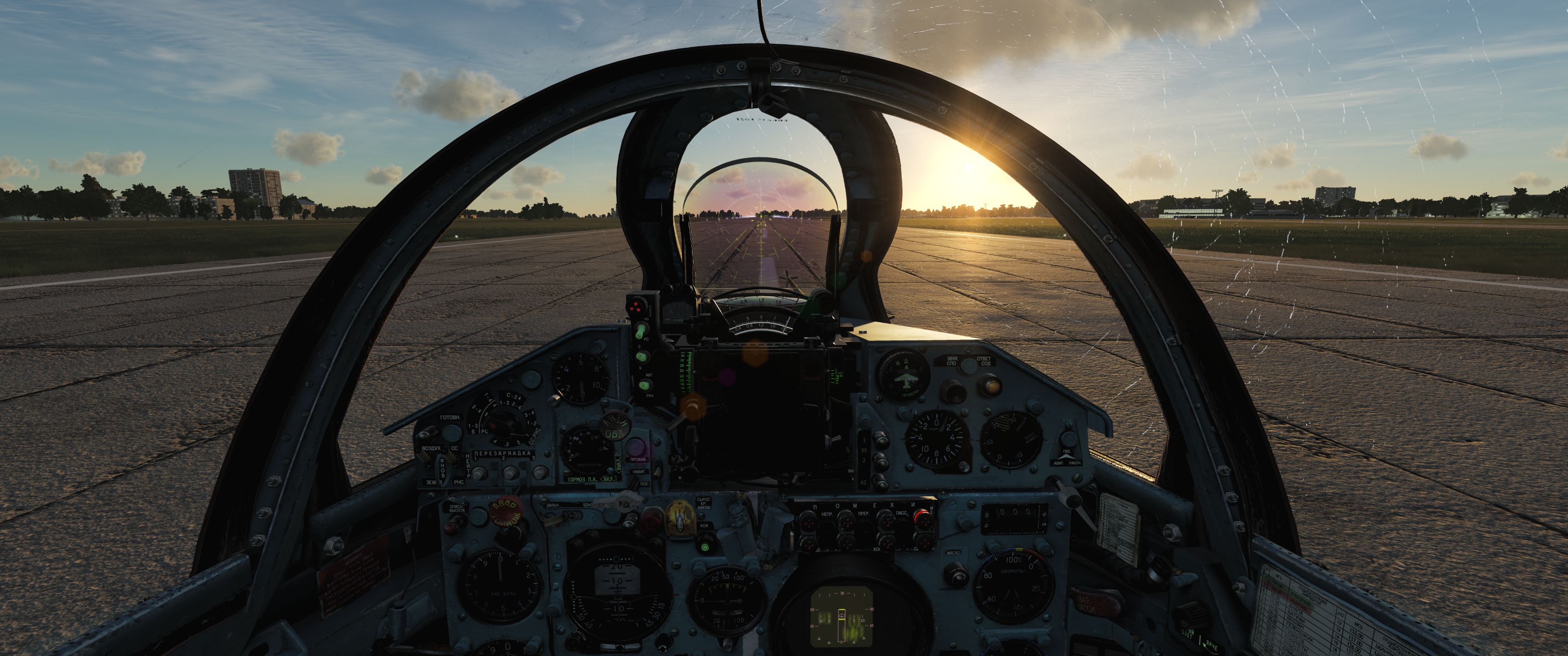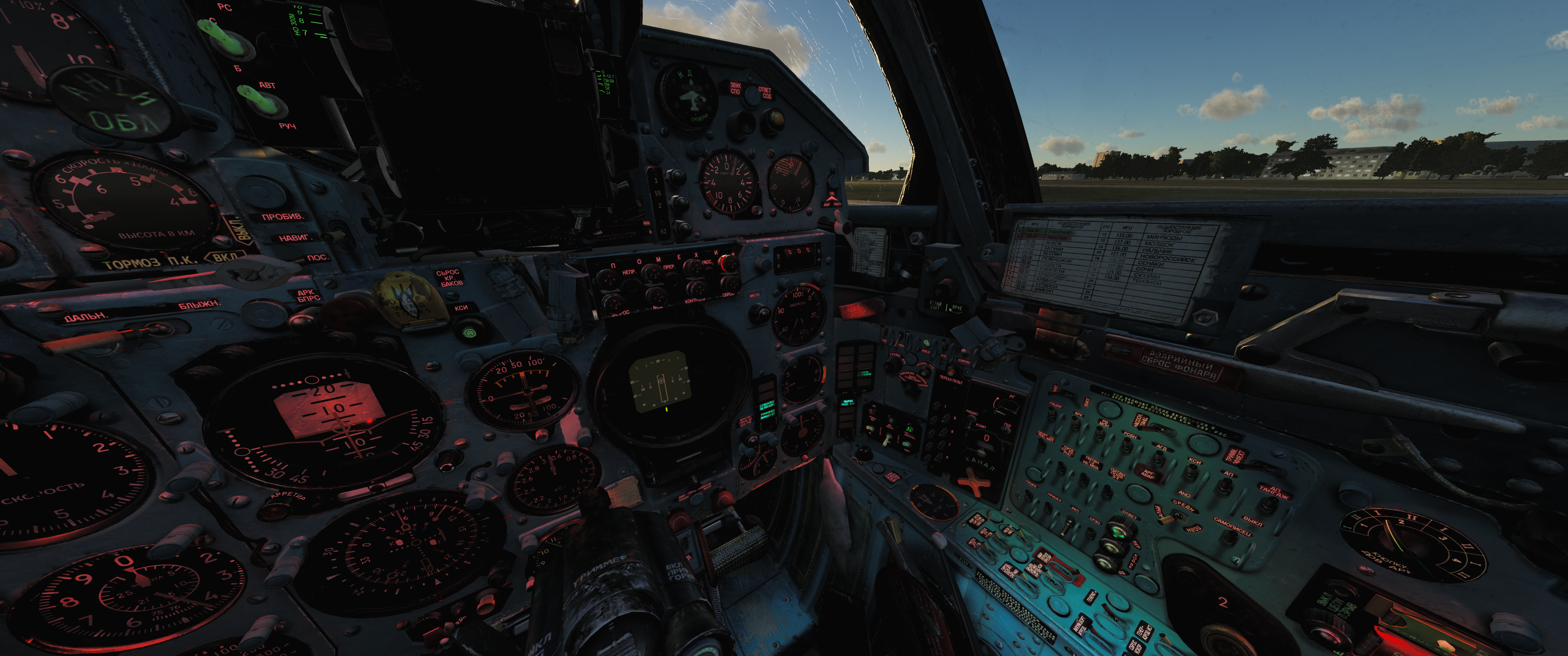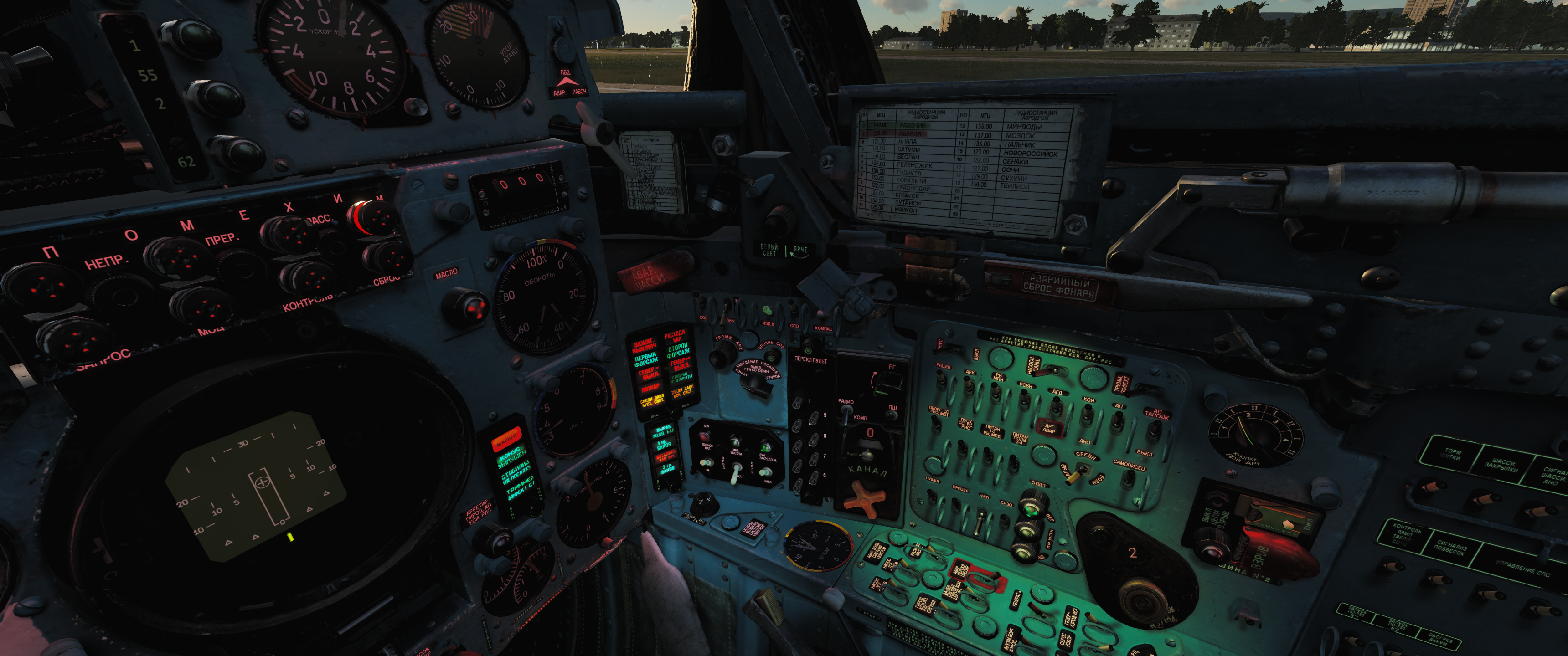The Spring Awakening
Dear Aviators,
as Winter is now only a memory for the most of us, we would like to share with you some news that should change dynamics of our development and give you a better understanding of our status this Spring. Earlier in March we’ve posted a teaser on Facebook, announcing to the world our next major project. It is time to explain this module in greater depth, as well as, bring some news on our other projects, primarily F4U-1D Corsair and MiG-21bis.
Vought Aeronautics F-8J Crusader
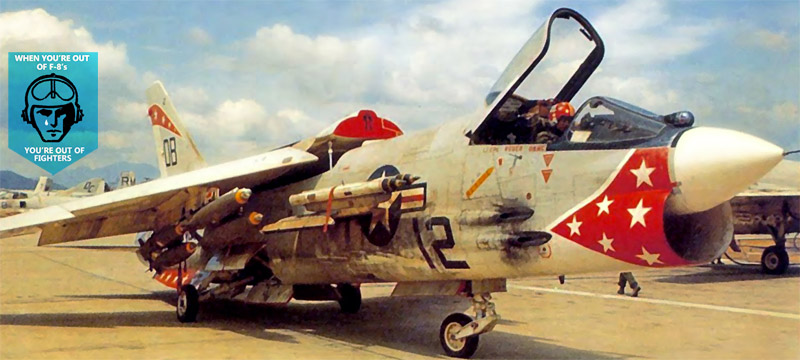
The F-8 Crusader revered by Naval Aviators as the ‘last of the gunfighters’ due to it’s four 20 mm Colt-Browning Mk 12 cannons, is a legendary fighter now coming to a DCS World. Conceived during the early 1950s, the F-8 Crusader was developed by Vought with a set requirements that have changed an established long ago axiom, that carrier-based aircraft could not outperform shore-based ones.
The U.S. Navy wanted a fighter capable of Mach 1.2 at 30,000 ft, Mach 0.9 at sea level and a 25,000ft-per-minute rate of climb coupled with great maneuverability. The result was Vought’s Model V-383, later designated XF8U-1, enjoying all the advantages available at a time such as lightweight materials, newly developed aerodynamics, ram air turbine and a formidable armament.
With the first production F8U-1 leaving Dallas plant on September 20, 1955, a new era in naval aviation had begun. The F-8 Crusader was numerically the most populous fighter in the U.S. Navy at the outbreak of Vietnam conflict. The Crusader during its time, enjoyed great success against North Vietnamese MiGs, officially being attributed with 18 enemy aircraft shot down, which represented 53 percent of all Vietnamese fighters claimed by the U.S. Navy squadrons during Rolling Thunder operation.
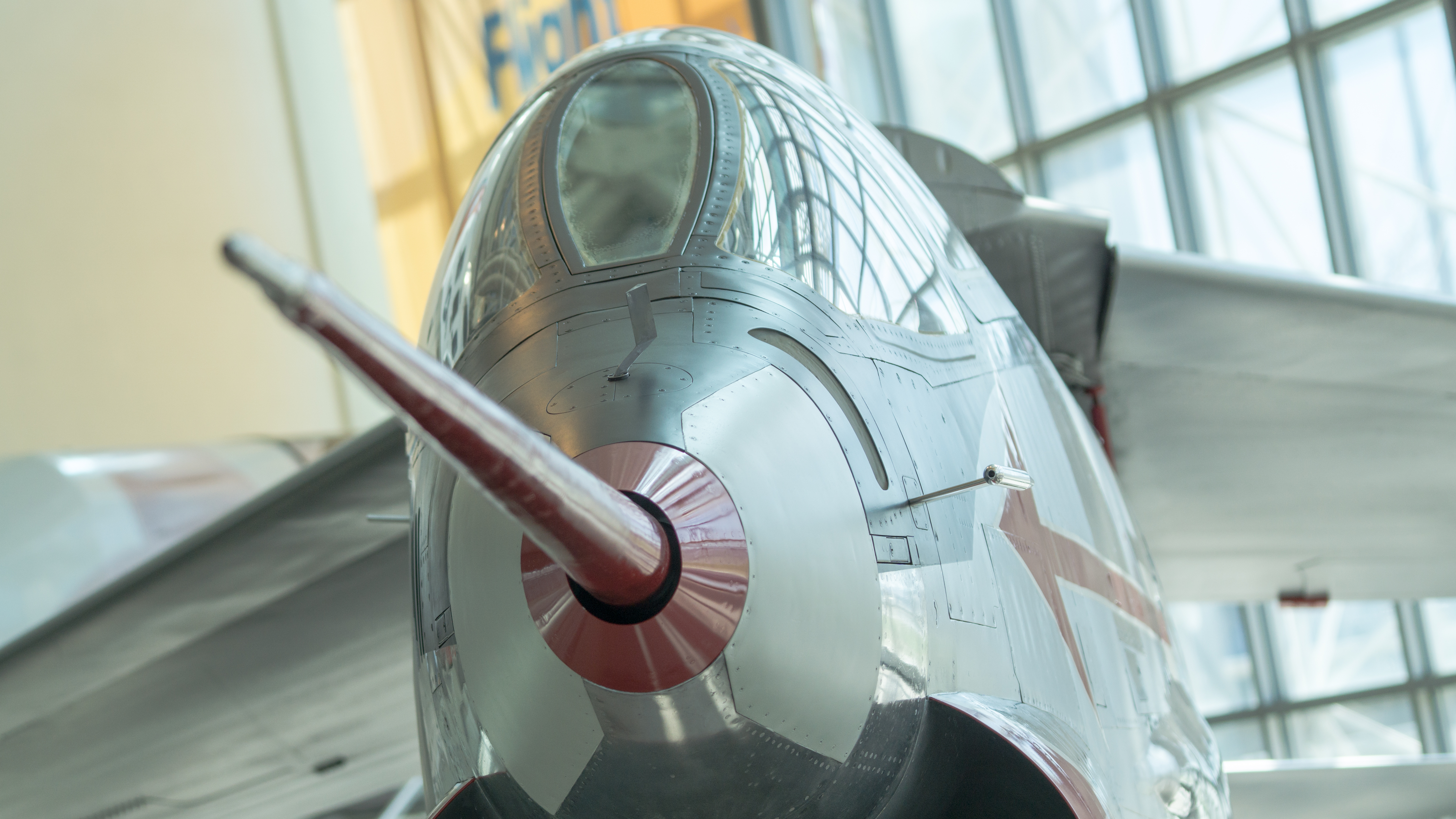
The F-8J ‘Juliet’ in development, was the last major modification of the Crusader family, which followed ‘Echo’ version. It introduced a number of improvements, of which most noticeable is the Boundary Layer Control, providing additional lift during take-off and landing, which initially was met with mixed success caused by a variety of issues such as ramp strikes. This in turn was addressed by the engine upgrade to a Pratt & Whitney J-57-P-420, which is the engine our Crusader will feature.
Furthermore, the F-8J featured the following:
- A new AN/APQ-124 radar set
- 4 x 20 mm Colt-Browning Mk 12 cannons in the lower forward fuselage area
- ‘Y pylons’ enabling the fuselage stations to carry four air-to-air missiles or Zuni pods
- Underwing pylons
- Bullpup missile control systems.
Despite its primary role, the F8 Crusader eventually turned out to be a capable air-to-ground platform, at one time being the only Navy fighter capable of carrying Mk 84 2,000lb bombs, one under each wing.

DCS F-8J will also feature an AN/AWG-4 Fire Control System with BAT/ALE and SEAM Systems, Shoehorn ECM equipment, APX-72 IFF transponder, AN/ARC-51A Command Radio, ARN-52 (V) TACAN and many others.
Having begun development of this module earlier this year, we’ve focused initially on obtaining any available technical and flight documentation as well as high quality pictures for already ongoing 3d model development. We’ve visited not so long ago the Museum of Flight in Seattle with an XF-8A on display and intend to visit more facilities such as the National Museum of Naval Aviation and Valiant Air Command Warbird Museum, to obtain a detailed pictorial documentation specific to later F-8 variants.

Chance-Vought F4U-1D Corsair
Since the previous update in January, a lot has changed in the F4U-1D development. External model textures are now almost complete and only a few elements and incorrections need ironing out. Thus, simultaneously, we began work in the cockpit, which unexpectedly needs some remodeling to ensure that a late variant of F4U-1D is represented. All this necessities convinced us not to show the 3d model prior to it’s completion, so that you can see it in its entirety. As soon as it’s ready, we will provide you with the set of footage.
We also received a first preview of our pilot. Model below has only basic texturing applied and has yet to go through multiple phases, before completion.
Микоян и Гуревич МиГ-21бис
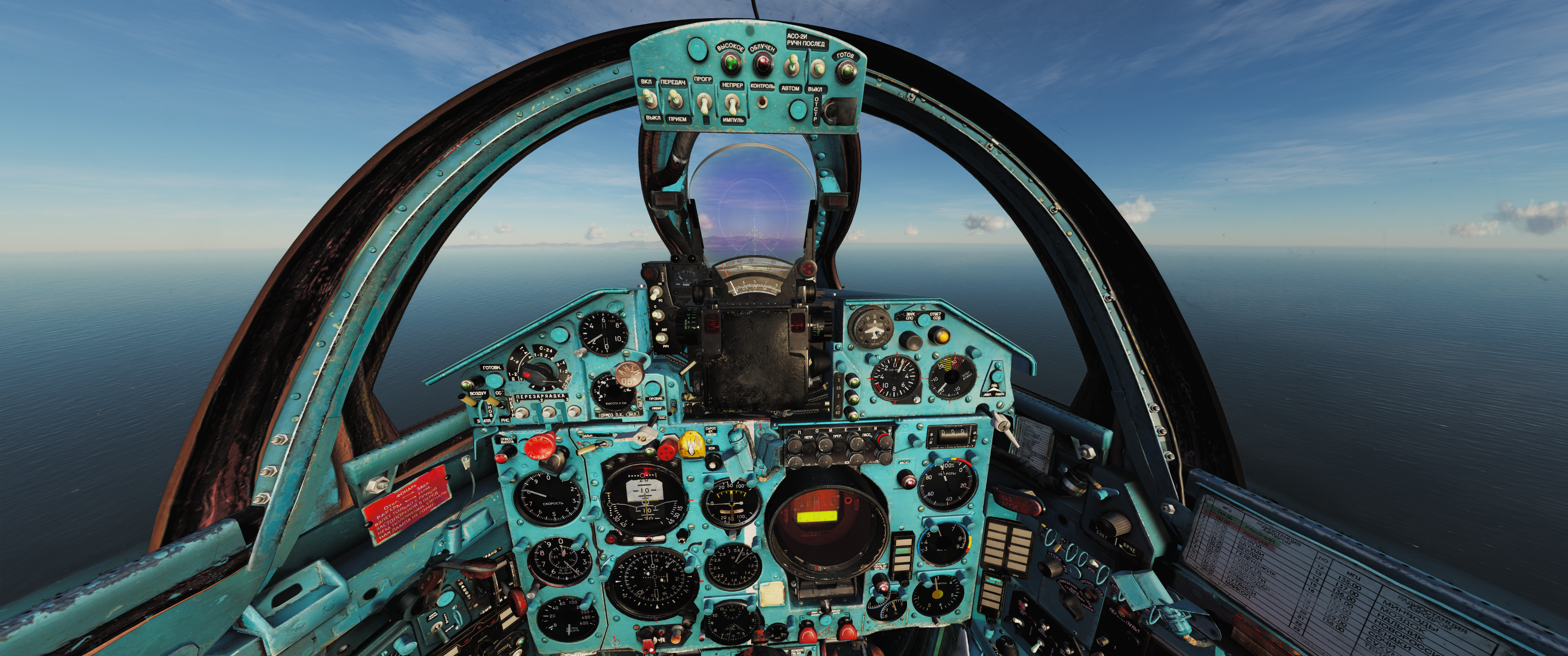
Moving straight from the Corsair to the Fishbed, we would like to give you a small preview of the upcoming cockpit update. In the past few months, you might have seen in our updates, how it has been changing. As development of the cockpit is progressing further, we can now present to you, a result of our work. Keep in mind that this state is still very much a work in progress.
In order to improve the general look of the cockpit, not only have shapes and textures improved, but in some instances we’ve made a decision to entirely reconstruct certain elements, such as the windscreen and ASP-21-PDF gunsight. Derived from CAD designs, the new gunsight represents a higher quality 3D mesh than the previous one, while at the same time does not impact performance as we were actually able to reduce number of polygons in use.
With that last thing in mind, we can also admit, that we’ve put an effort with this update in all possible aspects, to simultaneously improve graphics AND performance. For example, most recently we’ve tested a new set of cockpit lights which produced great visual effects, but had an unfortunate side effect, as it reduced performance, thus ruling it out as an option. As such, we will keep looking for any other opportunities to improve what we already have.
Christen Eagle II
And last but not least, our little puke machine, which has seen multiple requests, asking to further improve it’s external and internal sounds. To address this request, we’ve decided to employ a sound engineer who recorded high quality samples of an actual Christen Eagle II during aircraft startup and engine operation. After processing and adopting for DCS standards, this sounds will be implemented to satisfy your expectations.
See you in the skies!

